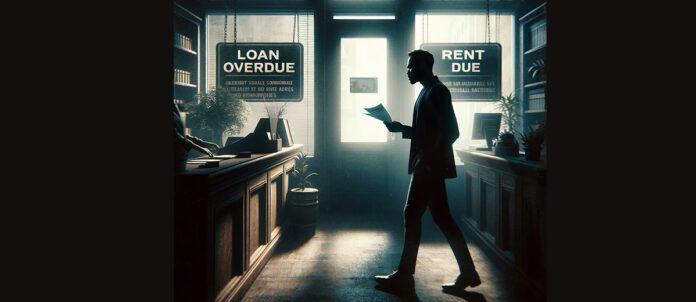By Danielle Schalk
The Challenge
Recent years have resulted in greater financial burdens while operating conditions remain challenging for the foodservice industry.
“It literally is a perfect storm,” Ryan Moreno, co-founder and CEO, Joseph Richard Group, says of the current environment. “And then you add these loans on top of it that you had to get because you were closed [through the pandemic].”
“Almost everyone took on a lot of debt in order to make it through COVID,” agrees David Hopkins, president of Toronto-based hospitality consulting agency, The Fifteen Group Inc., noting relief programs such as BDC emergency loans, Highly Affected Sector Credit Availability Program (HASCAP) and Canada Emergency Business Account (CEBA) loans. “They were all great in the sense that it allowed people access to funds to help get them through COVID. The challenge now is that restaurants need to repay them,” he adds. “When people took on all this debt, it just built and built, and they didn’t necessarily realize how long it was going to take to get through COVID…Everybody thought it was going to be a six-months or a one-year problem, [but] it was a basically a three-year problem for restaurants.”
Given how challenging the prevailing economic environment has made operating a restaurant, many had anticipated the Federal Government would afford businesses some additional grace by extending the repayment and forgiveness deadline of CEBA loans when it approached in January, only to be met with disappointment.
As the Ontario Restaurant Hotel & Motel Association (ORHMA) expressed in an industry call to action regarding the CEBA, “In post-pandemic times, many in the industry are facing tougher pressures…Food inflation, which on average makes up 35 per cent of a restaurant’s total expenditures, continues to stay high while labour costs have dramatically grown due to minimum-wage increases and overall wage hikes. Commercial insurance, energy costs and all other expenses have also gone up.”
And, as Restaurants Canada stated in its call for a last-minute extension for CEBA repayments in January: “Currently, a staggering 62 per cent of restaurants are operating at a loss or barely breaking even compared to 10 per cent pre-pandemic, underscoring the obvious connection to this unique and devastating period in our industry and the urgent need for further support and assistance.”
In this environment, “[restaurants] have to renegotiate their loans to stay open,” notes Jeff Dover, principal of foodservice-industry consulting firm fsSTRATEGY Inc. “And, the biggest challenge with that right now is the interest rates.”
Dover explains that this is not a challenge he expects to see alleviated any time soon either. “Interest rates have to go up to try and bring inflation down and I don’t see that changing in the short- or midterm,” he explains.
The Opportunity
As several experts noted when discussing the subject, it’s not exactly easy to find the opportunity within the challenge and frustration of current circumstances surrounding accumulated debt and the need to repay it.
But, it’s helpful to remember that most of the industry is in the same boat. And, as Hopkins points out, that does create a certain level of understanding. “Most lenders, especially if they’re government backed, they know the environment, and everyone’s looking for a solution,” he shares.
“One of the biggest things that restaurants can do now is work with the lenders and put together a plan in terms of what makes sense [for their] repayment,” Hopkins explains. “Most lenders are very open to working with people if they have a plan that makes sense and allows them to repay their debt.”
But, he stresses, “You’ve got to take the initiative. You can’t just sit back and hope.”
To demonstrate his point, Hopkins lays out the following example: “If you’re profitable and you have the ability to service your debt and your restaurant’s successful, you have the ability to work with your lenders to say ’can I repay this over six years, not three years?’ And now your debt repayments are $60,000 instead of $120,000 and are manageable.”
Dover also suggests there is some opportunity within current conditions to make mindful decisions when considering expansion or opening a new restaurant. “You can retrofit a closed restaurant to take on less debt, [and] look at used equipment instead of new equipment,” he suggests, advising that the wise thing is to take measures to reduce the amount of debt being taken on.


















